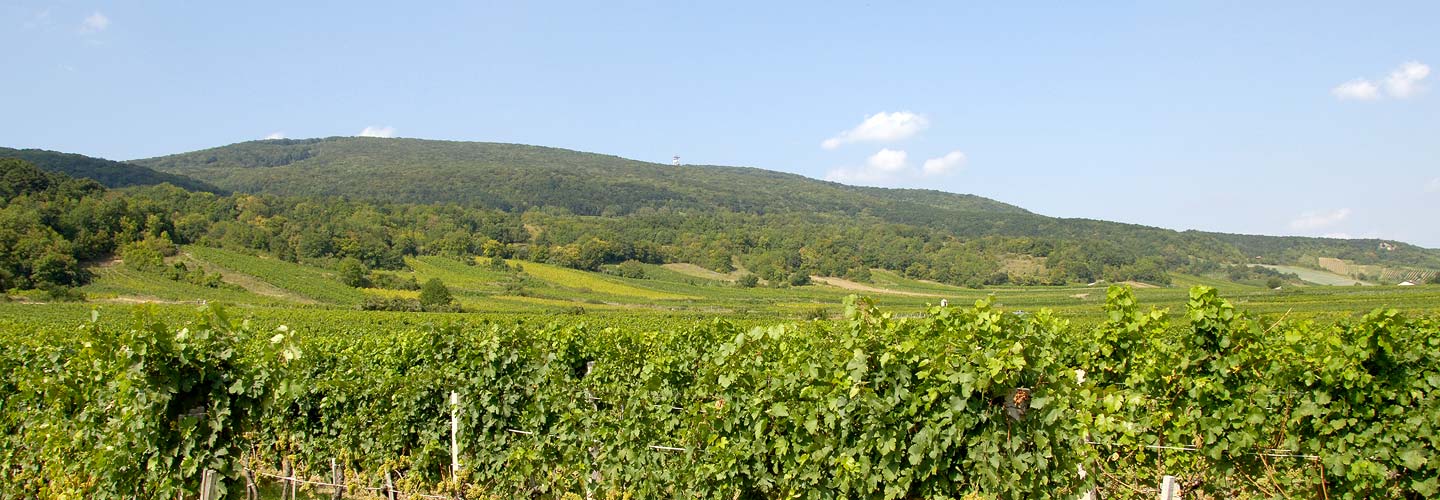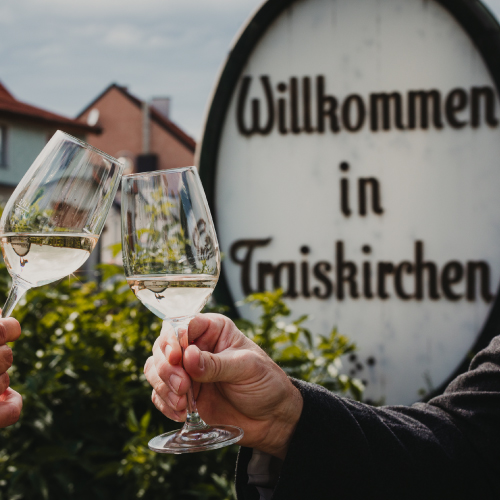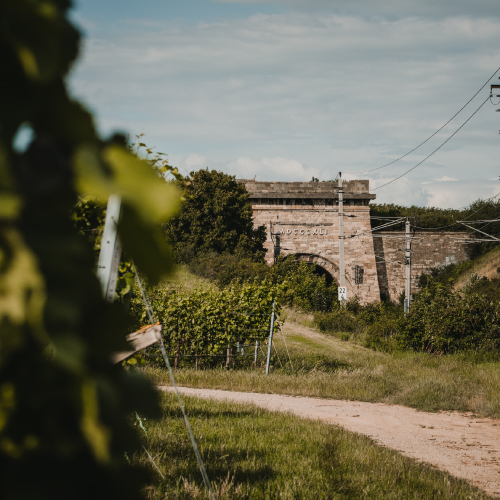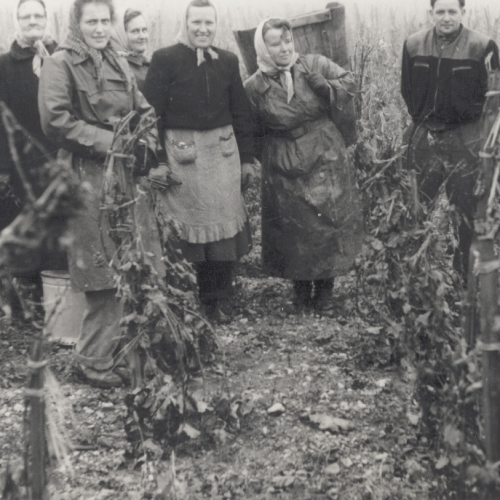Have any questions?
+44 1234 567 890
Our region – a cradle of winemaking
The geological and climatic conditions of the Thermenregion offer us the possibility of producing elegant white wines as well as rich red wines.
The Thermenregion - 2000 years of wine history
The Romans were already cultivating vines in this climatically favoured region more than 2,000 years ago. Viticulture really flourished in the Middle Ages under the leadership of the Cistercian monks. The Burgundian monks quickly recognised the value of this special terroir. From the 14th century onwards, there was a lively trade in wine, with "Gumpoldskirchner" and "Vöslauer" becoming internationally coveted brands. At world exhibitions in Munich, Paris, Vienna, London and Dublin, winegrowers from the Thermenregion enjoyed a veritable shower of medals. At the same time, many international wine journals have written admiringly about the skills of the region's winegrowers, and today's THERMENREGION wine region was created with the Austrian Wine Act of 1985, when the Gumpoldskirchen and Bad Vöslau winegrowing regions were merged.
Our climate - The cool Vienna Woods meet Pannonian influences.
The Thermenregion benefits from a Pannonian subcontinental climate with hot and dry summers, dry weather in autumn and relatively cool winters. The Vienna Woods protect the vines from strong westerly and north-westerly winds. At the same time, they enjoy the benefits of a special viticultural microclimate here. This is characterised by large temperature differences between day and night.
At the same time, our vines benefit greatly from the Pannonian climate influence from the direction of Lake Neusiedl and the Leitha Mountains with hot summers and mostly dry autumns as well as 1800 hours of sunshine and around 600mm of rainfall per year. Constant air movement in autumn allows the grapes to dry quickly after dew or rain and thus ripen longer on the vine.

Geology - Our soils, the best ambassadors of our origins.
From a geological point of view, the Thermenregion occupies a special position in Austrian viticulture. It is located on a so-called geological fault line - a fracture system at the break-off of the Northern Limestone Alps towards the Vienna Basin. This type of fault is characterised by the fact that mineral-rich, hot water can rise from great depths to the earth's surface.
Around 19 million years ago, the Late Tertiary Sea flooded the entire Vienna Basin, of which the thermal region is a part. This is illustrated by the many remains of mussels, snails and other sea creatures in the soil and their high lime content. Numerous fossilised animal and plant finds provide evidence that the former living conditions were comparable to those in the Mediterranean region today. Around six million years ago, the Vienna Basin silted up, leaving behind rich deposits of tar, gravel and clayey sands.
Sparse brown soils with a high proportion of shell limestone and parabrown soils with an additional high clay & loam content provide ideal conditions for the region's two indigenous flagship varieties, Rotgipfler and Zierfandler, as well as Chardonnay. Black earth soils with a high proportion of sand and limestone gravel are ideal for the Pinot Noir and Zweigelt varieties.
Thermenregion DAC - New with the 2023 vintage
With the 2023 vintage, the Thermenregion will be the last of the Austrian wine-growing regions to join the list of DAC regions. The "Districtus Austriae Controllatus" seal of origin characterises wines typical of the region, which in the case of the Thermenregion are classified as regional wines, local wines and vineyard wines. The primary aim is to further develop a wine style typical of the region.
Find out more about the Thermenregion DAC system...

HEURIGEN DATES 2025
9. Jan - 26. Jan | 20. Feb - 2. Mar | 4. - 5. Mar | 27. Mar - 13. Apr | 7. Mai - 18. Mai | 5. Jun - 19. Jun | 17. Jul - 29. Jul | 21. Aug - 7. Sep | 16. Okt - 2. Nov | 27. Nov - 14. Dez
CHILDREN WELCOME . PETS WELCOME . NO SMOKING INDOORS . open Monday to Sunday 11.30–22.00






